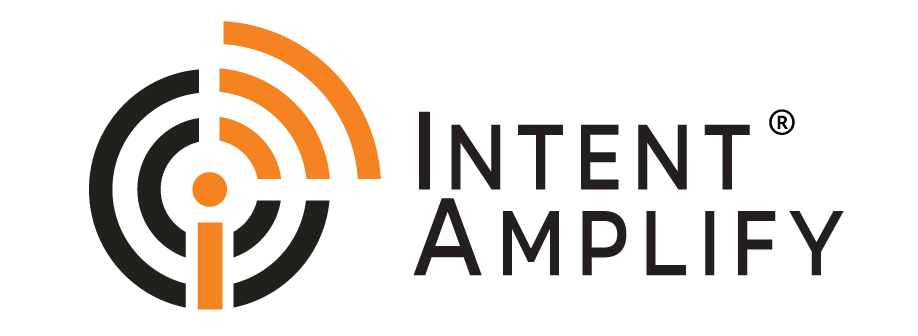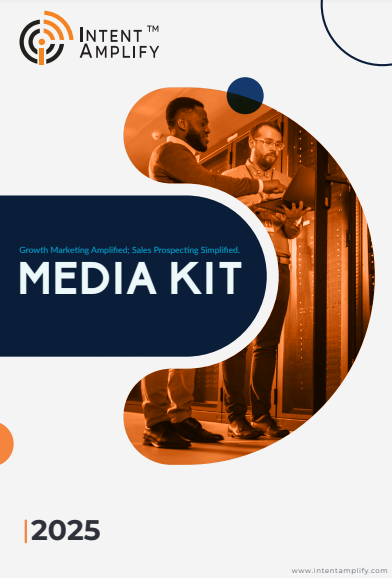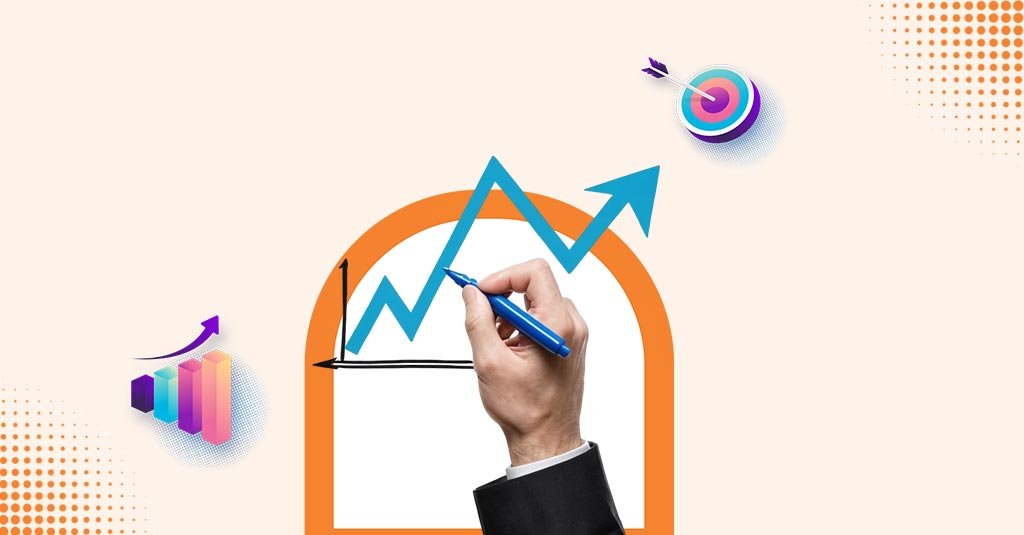
Hyper-Personalization in B2B | Strategies That Work in 2025
- Last updated on: November 29, 2023
In 2025, hyper-personalization in B2B has evolved from a marketing trend into a revenue-driving necessity. Modern B2B buyers expect more than just industry-specific messages; they want intelligent, timely, and human-like interactions that speak directly to their business challenges.
And here’s the catch: If your brand isn’t delivering tailored experiences, someone else is. According to Salesforce’s 2024 State of Marketing report, 73% of B2B buyers expect companies to understand their unique needs, and 62% will switch vendors if personalization is lacking.
This shift is powered by data, AI, and intent signals. In this updated guide, we’ll walk through practical hyper-personalization strategies that help B2B marketers accelerate pipeline, improve open rates, and win long sales cycles.
What’s Changed in 2024–2025?
The rise of AI assistants, real-time intent data, and zero-party data collection has transformed hyper-personalization in B2B from a static campaign add-on to a dynamic, always-on approach. Buyers now interact with brands across 8+ touchpoints before converting, and each of those moments is a chance to tailor messaging.
Also, privacy regulations and third-party cookie deprecation have pushed marketers to build first-party data strategies, making personalization more ethical and precise.
Smart Strategy #1: Use AI‑Driven Segmentation in Email Marketing
Email continues to dominate B2B revenue generation, but only when paired with laser-focused segmentation. LinkedIn data indicates that segmented emails produce 760% more revenue than non-segmented campaigns.
AI-enabled tools like HubSpot, ZoomInfo, and Apollo allow you to micro-segment audiences based not only on demographics but also on behaviors such as page visits, content downloads, and CRM interactions. Campaign Monitor reports that emails tailored with this depth of context see 188% higher open rates compared to generic sends (12.1% baseline), and businesses using this level of segmentation enjoy an average of 41% higher click-through rates. Essentially, AI transforms email from broadcast to bespoke, triggering the right message, at the right time, to the right person.
Smart Strategy #2: Hyper‑Personalized Remarketing That Converts
B2B sales cycles are long, and buyers interact with multiple touchpoints. In 2025, remarketing must go beyond blanket follow-ups. According to Demand Gen Report, B2B buyers consume eight or more pieces of content before making a decision. Social platforms like LinkedIn and Facebook now allow deep behavior-based audience segmentation, with LinkedIn telling us that personalized ads featuring specific products generate 3× more engagement and that video retargeting boosts purchase intent by 20%. Further, Think with Google reports that precision behavioral retargeting can improve conversions by 50%. The key is quick-triggering re-engaging within 24–48 hours of high-intent actions keeps your brand top-of-mind and sustains conversation momentum.
Smart Strategy #3: Make Visual Content a Personal Touchpoint
Visual personalization isn’t fluff; it’s effective. Campaign Monitor found that segmented campaigns yield 760% more revenue, while Statista notes that personalized email opens are 188% higher than non-personalized equivalents (versus a 12.1% baseline). Using tools like Hyperise or Lemlist, you can inject recipient-specific visuals, company logos, and role-based GIFs into outreach at scale. These images help your emails stand out and foster emotional connection. Vidyard’s 2024 benchmark shows hyper-personalized emails with tailored visuals achieve up to 44% more responses. So, beyond text, visuals play a pivotal role in making campaigns feel less generic and more thoughtful.
Smart Strategy #4: Use Personalized Videos to Humanize Outreach
In complex B2B deals, trust is currency. Personalized video outreach brings a human face to digital interactions. Meanwhile, AI-powered email personalization contributes to a 41% revenue boost. When it comes to videos, businesses incorporating short, custom videos report reply rates that are three times higher and encounter 30% shorter sales cycles. Tools like Vidyard, SendSpark, and Bonjoro make it easy to send these tailored messages. Personalized video turns outreach into dialogue, leading prospects to feel genuinely recognized and valued.
Why Hyper-Personalization in B2B Will Drive Growth in 2025
As digital noise grows louder and decision-makers become more selective, hyper-personalization is emerging as a foundational growth lever for B2B brands. In 2025, it’s no longer a “nice to have,” it’s the difference between being ignored and being chosen. Below are the core reasons why hyper-personalization in B2B drives measurable business growth in today’s landscape.
1. Improves MQL-to-SQL Conversion Rates
When your marketing message aligns precisely with what the buyer needs at a given stage, you naturally move them closer to a purchase decision. Hyper-personalization enables this alignment. Rather than sending static, one-size-fits-all communications, marketers can now deploy AI-backed strategies that tailor outreach to specific buyer behaviors and funnel stages. For example, a prospect who downloaded a pricing guide should not receive the same follow-up as one who simply browsed your blog. By adjusting messaging and content dynamically, brands see higher conversion rates from marketing-qualified leads (MQLs) to sales-qualified leads (SQLs). According to Salesforce’s 2024 State of Marketing Report, personalized nurture campaigns improve lead qualification efficiency by 30%.
2. Elevates Customer Experience Across All Touchpoints
B2B buyers expect B2C-level experiences now fast, relevant, and frictionless. Hyper-personalization in B2B helps meet those expectations by tailoring every touchpoint, whether it’s a follow-up email, a chatbot conversation, or a remarketing ad. This results in not just better engagement, but stronger emotional resonance. When a buyer feels seen and understood, they’re more likely to trust your brand. McKinsey’s 2024 personalization study revealed that brands delivering personalized experiences see 40% faster growth than their competitors. It’s a clear signal: relevance builds loyalty, and loyalty drives pipeline velocity.
3. Enables Account-Level Precision for ABM Campaigns
Account-Based Marketing (ABM) thrives on relevance, and hyper-personalization in B2B takes that to the next level. By leveraging firmographic and behavioral data, you can create content strategies that speak directly to the account’s industry challenges, organizational maturity, or recent activities. For example, if a mid-sized IT firm recently expanded into EMEA and visited your case study page, a hyper-personalized campaign could deliver a custom video explaining how your solution helps EMEA expansion teams streamline operations. This kind of account-level precision dramatically improves the effectiveness of ABM campaigns. According to TZS’ 2025 ABM Benchmark Report, campaigns that apply hyper-personalization see a 208% lift in engagement across buying committees.
4. Supports Scalable, AI-Driven Growth Without Losing Human Touch
Perhaps the most powerful benefit of hyper-personalization today is its ability to scale intelligently. With AI tools embedded into CRM, email, and content platforms, marketers can automate personalization for thousands of prospects without compromising human tone or relevance. This balance between scale and authenticity is crucial.
As per Adobe’s 2025 Digital Trends Report, 63% of B2B leaders say their biggest competitive advantage comes from using AI to deliver personalized experiences that still feel human. It’s this combination of machine-driven insights with a human-centric approach that drives consistent revenue growth.
FAQs:
1. What is hyper-personalization in B2B marketing?
Hyper-personalization goes beyond using a prospect’s name or company. It’s about using real-time data like behavior, location, job role, and intent to create marketing messages that feel tailor-made. In B2B, it means understanding where the buyer is in the funnel and delivering the right content at the right moment.
2. How is hyper-personalization in B2B different from regular personalization?
While basic personalization might include using a first name or industry tag, hyper-personalization dives deeper. It analyzes website activity, purchase history, CRM data, and even third-party intent signals. This allows marketers to create dynamic experiences that adapt to each prospect’s behavior and needs.
3. Does hyper-personalization really improve results?
Yes. Studies from Salesforce, McKinsey, and LinkedIn have shown that hyper-personalized campaigns improve engagement, click-through rates, and conversions. In 2024, businesses using AI-driven personalization saw a 30–40% increase in lead-to-sale conversions and faster deal cycles.
4. What tools are best for implementing hyper-personalization?
There are many powerful tools available. For email and CRM, platforms like HubSpot, Salesforce, and Apollo are widely used. For content and visual personalization, tools like Hyperise, Mutiny, and Vidyard help scale efforts without sacrificing quality.
5. Is hyper-personalization scalable for small or mid-sized companies?
Absolutely. With today’s automation and AI tools, even smaller teams can run effective hyper-personalized campaigns. The key is to start small—segment your audience based on behavior and firmographics—and gradually add personalization layers as your tech stack and data improve.
Final Thought
Generic outreach is dead. The future of B2B growth is built on relevance, timing, and empathy, all delivered through smart hyper-personalization. Are you ready to meet buyers where they are?
